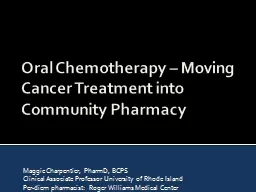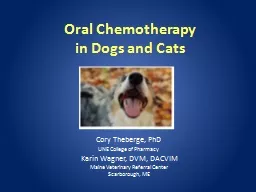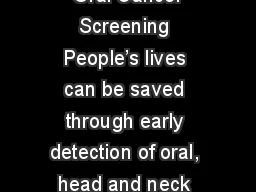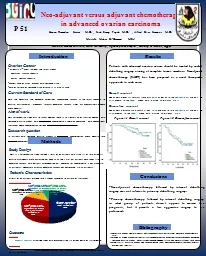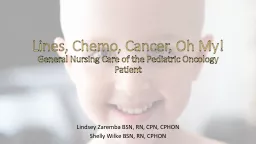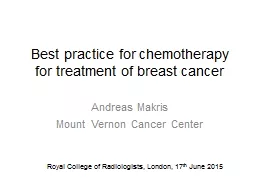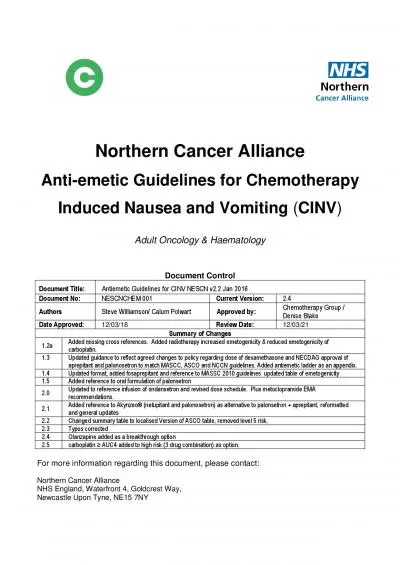PPT-Oral Chemotherapy – Moving Cancer Treatment into Communit
Author : karlyn-bohler | Published Date : 2015-11-06
Maggie Charpentier PharmD BCPS Clinical Associate Professor University of Rhode Island Perdiem pharmacist Roger Williams Medical Center Goal and Objectives Goal
Presentation Embed Code
Download Presentation
Download Presentation The PPT/PDF document "Oral Chemotherapy – Moving Cancer Trea..." is the property of its rightful owner. Permission is granted to download and print the materials on this website for personal, non-commercial use only, and to display it on your personal computer provided you do not modify the materials and that you retain all copyright notices contained in the materials. By downloading content from our website, you accept the terms of this agreement.
Oral Chemotherapy – Moving Cancer Treatment into Communit: Transcript
Download Rules Of Document
"Oral Chemotherapy – Moving Cancer Treatment into Communit"The content belongs to its owner. You may download and print it for personal use, without modification, and keep all copyright notices. By downloading, you agree to these terms.
Related Documents

